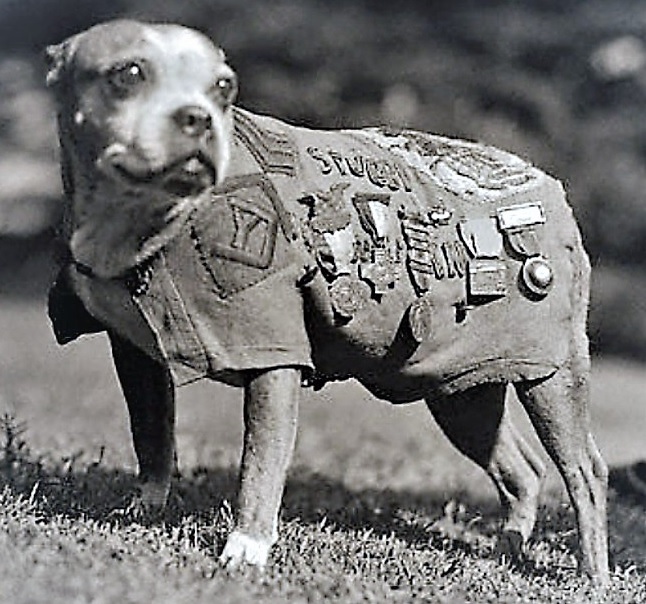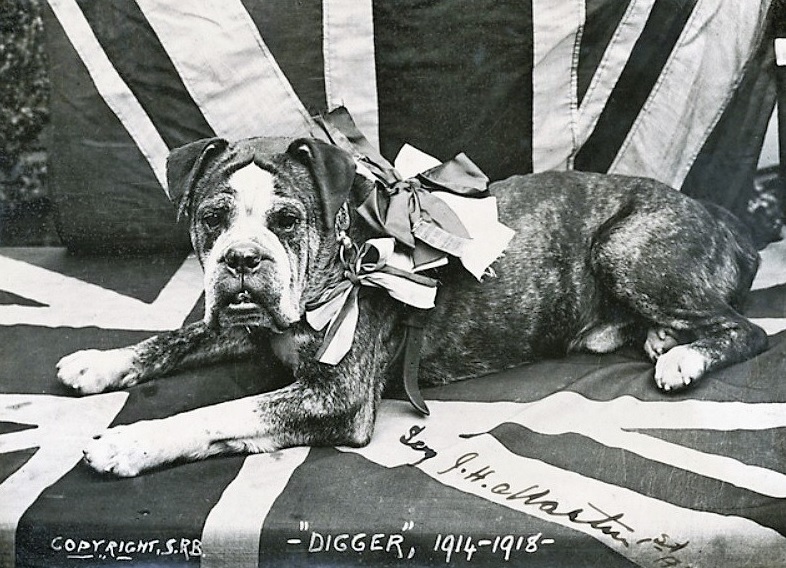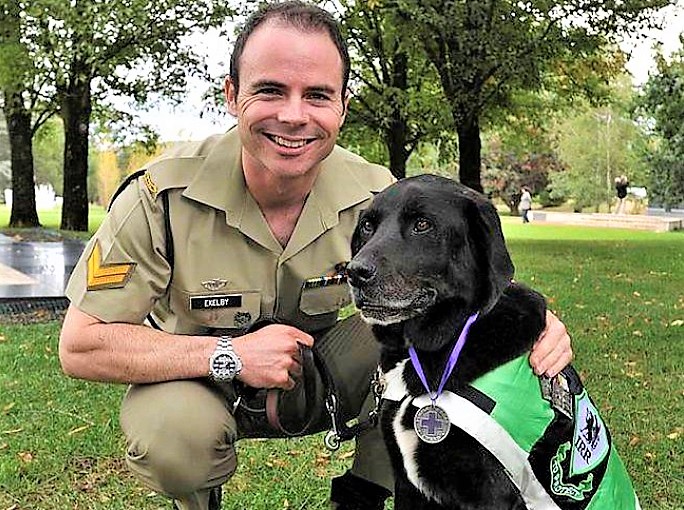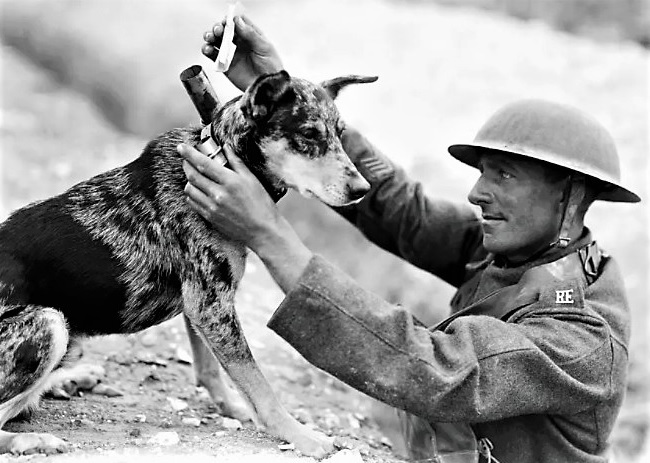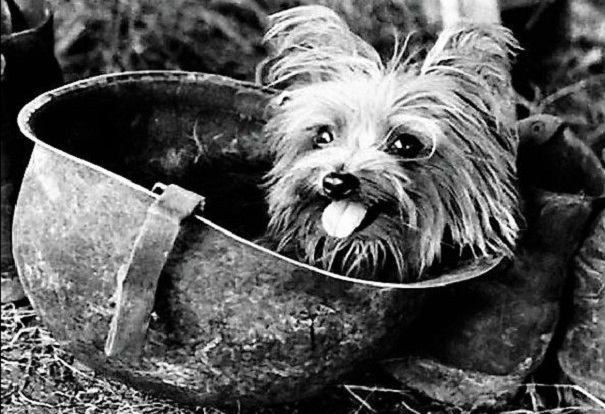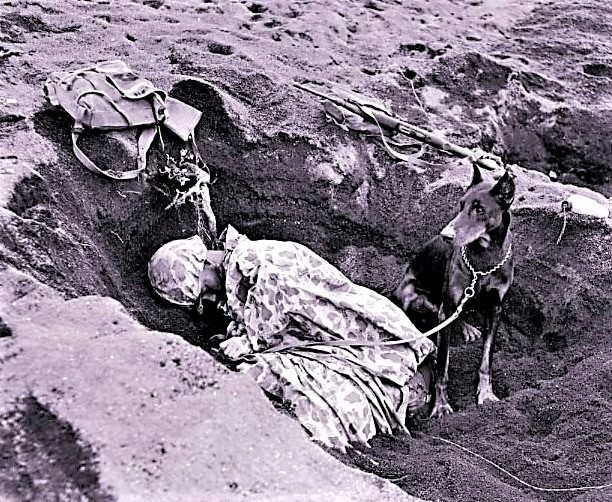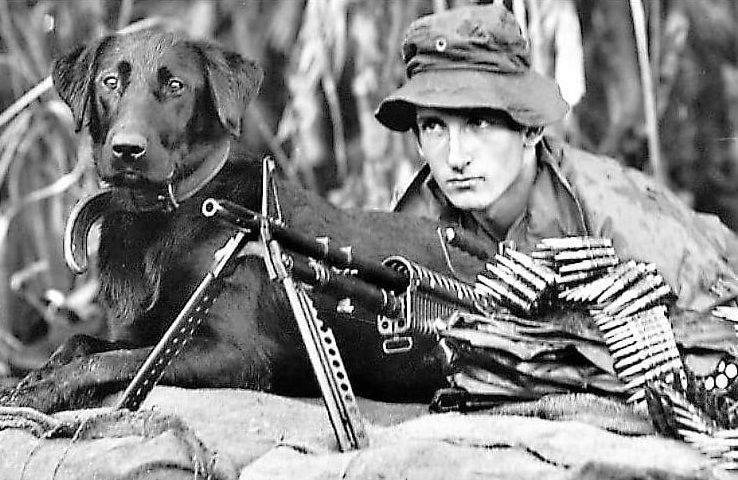Smoky – A wonderful and brave WW2 war dog.
Smoky (1943 – 21 February 1957), a Yorkshire Terrier, was a famous war dog who served in WW2. She weighed only 1.8 kg and stood 180 mm tall. You can tell by the photograph that Smoky was small, as she fitted into a helmet.
In February 1944, Smoky was found by an American soldier in an abandoned foxhole in the New Guinea jungle and was later sold to Corporal William Wynne of Cleveland, Ohio.
Smoky back-packed through the war and accompanied Corporal Wynne on combat flights in the Pacific. She faced adverse circumstances, living in the New Guinea jungle and Rock Islands.
As described by Corporal Wynne… “Smoky served in the South Pacific with the 5th Air Force, 26th Photo Recon Squadron and flew 12 air/sea rescue and photo reconnaissance missions.” On those flights, Smoky spent long hours dangling in a soldier’s pack near machine guns used to ward off enemy fighters.
Smoky was credited with twelve combat missions and awarded eight battle stars. She survived 150 air raids on New Guinea and made it through a typhoon at Okinawa.
Corporal Wynne credited Smoky with saving his life by warning him of incoming shells on an LST (transport ship), calling her an “angel from a foxhole.” As the ship deck was booming and vibrating from anti-aircraft gunnery, Smoky guided Corporal Wynne to duck the fire that hit eight men standing next to them.
Smoky learned numerous tricks, which she performed for the entertainment of troops with Special Services and in hospitals from Australia to Korea. After the war Smoky became a national sensation. Over the next 10 years, Smoky and Corporal Wynne travelled to Hollywood and all over the world to perform demonstrations of her remarkable skills.
Smoky died at the age of 14. Corporal Wynne and his family buried Smoky in a WW2 .30 caliber ammo box in the Cleveland Metroparks, Rocky River Reservation in Lakewood, Ohio.
Smoky had a blanket made for her during WW2 by Australian ladies, and it helped protect her from the cold on long flights in aircraft while on Air/Sea rescue missions. Smoky was awarded the RSPCA Australia Purple Cross on the 17th of November 2015.
There are monuments erected in memory of Smoky in America and Australia. There is also a couple of books about Smoky. She did so much in her life.
Lest We Forget.
Some information and photograph came from Wikipedia.
